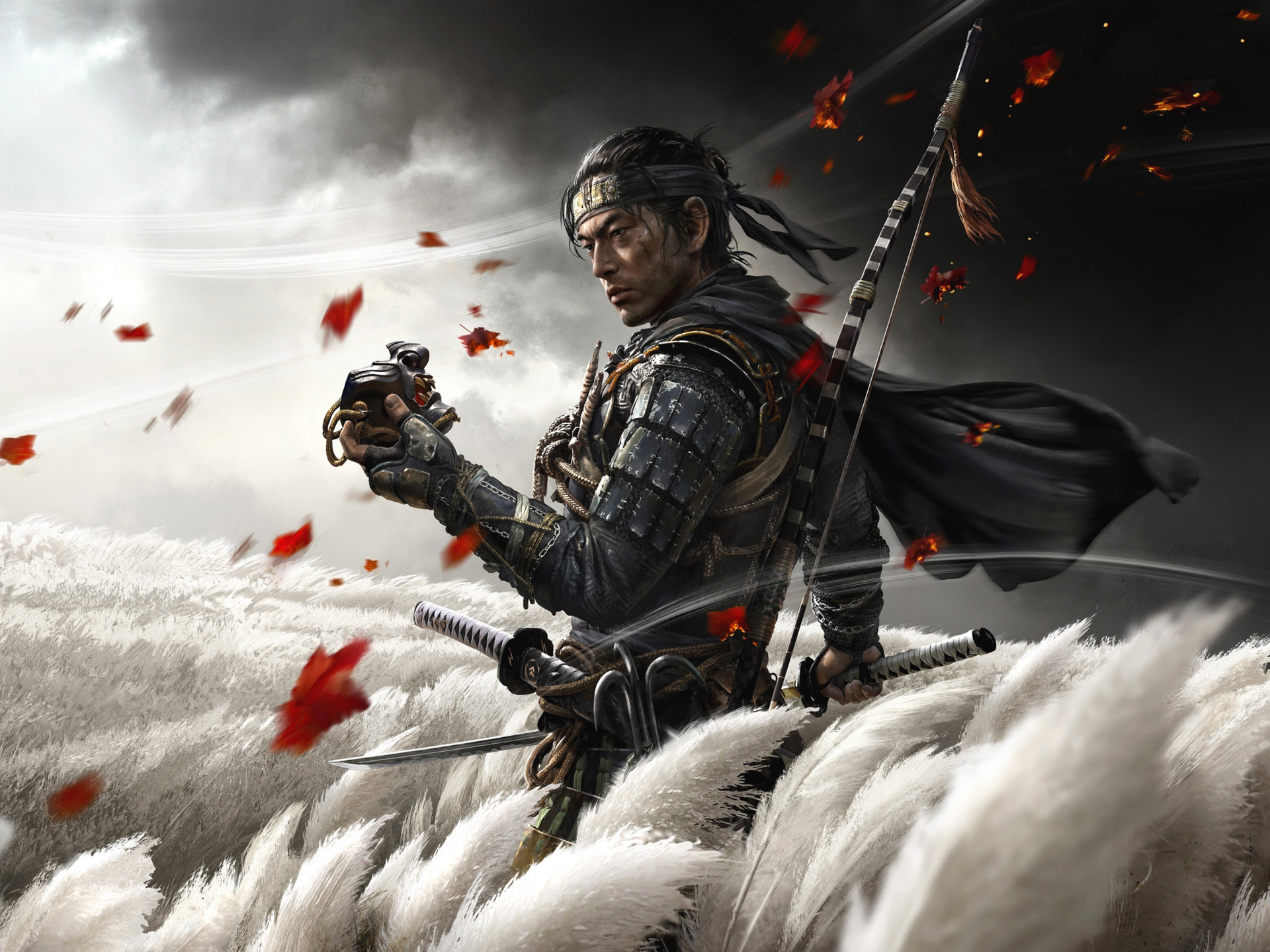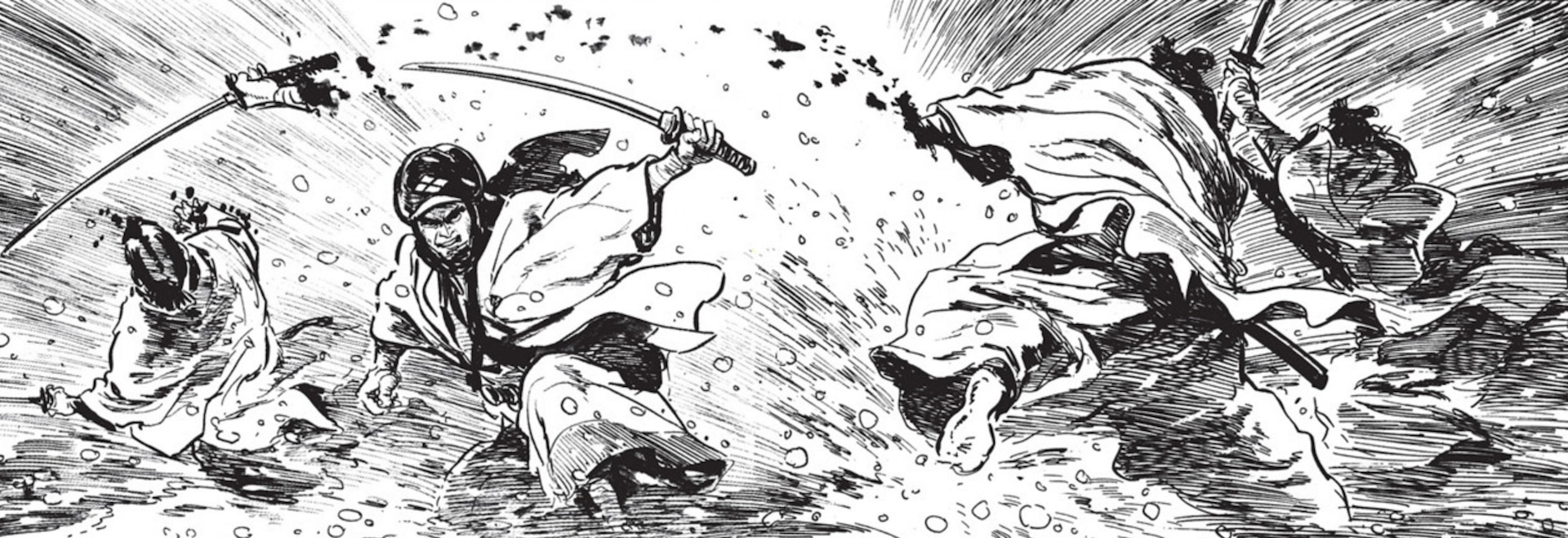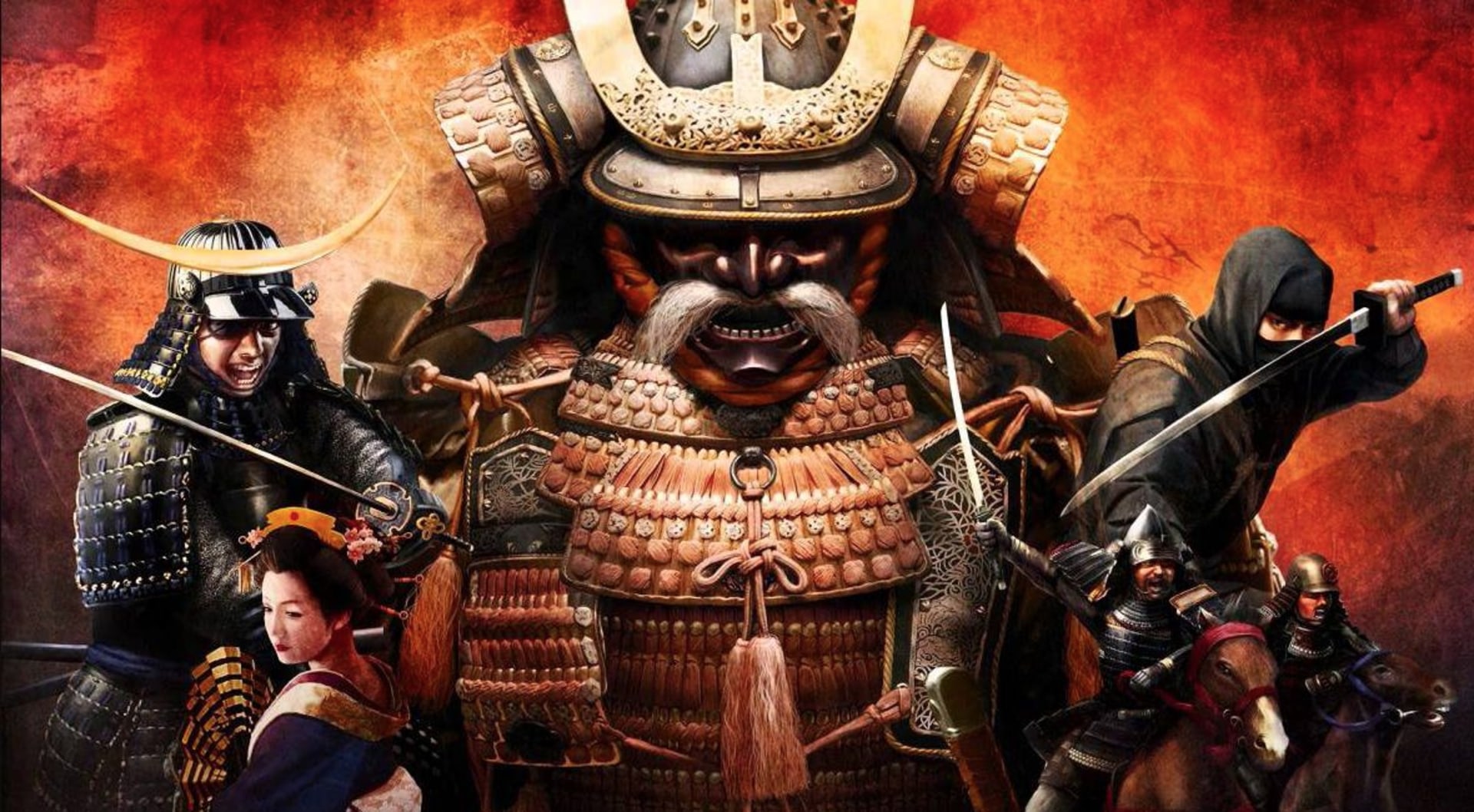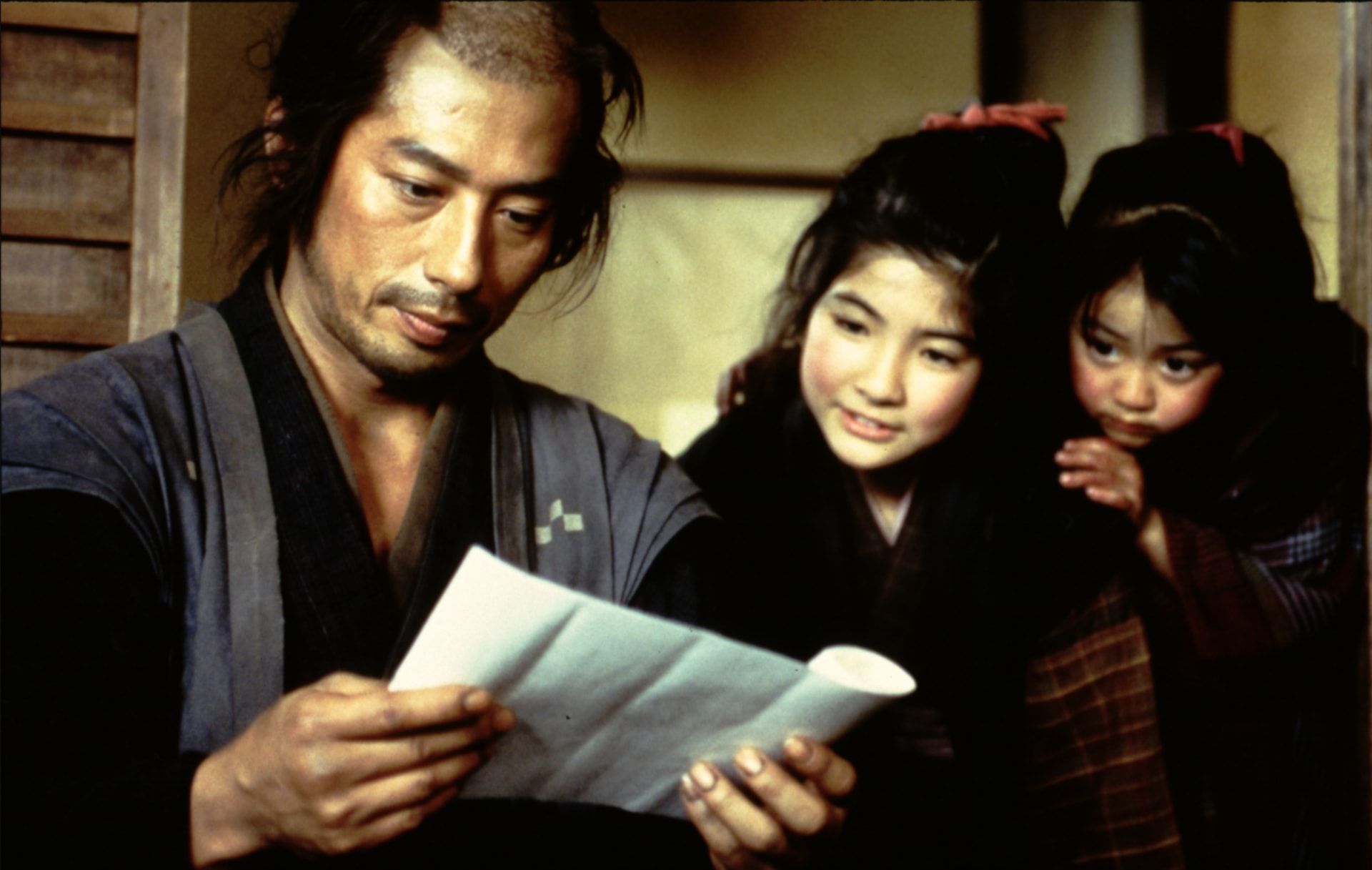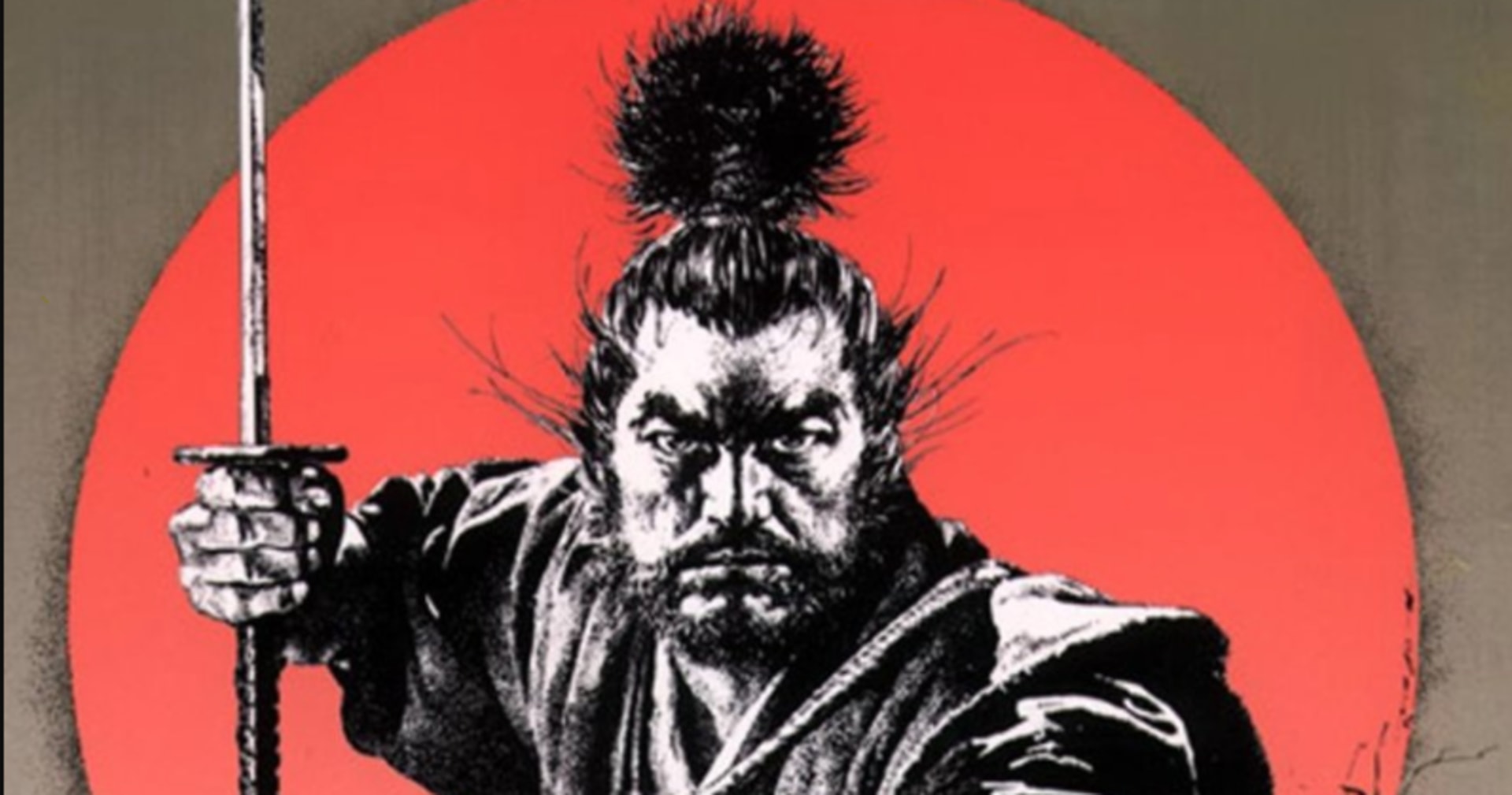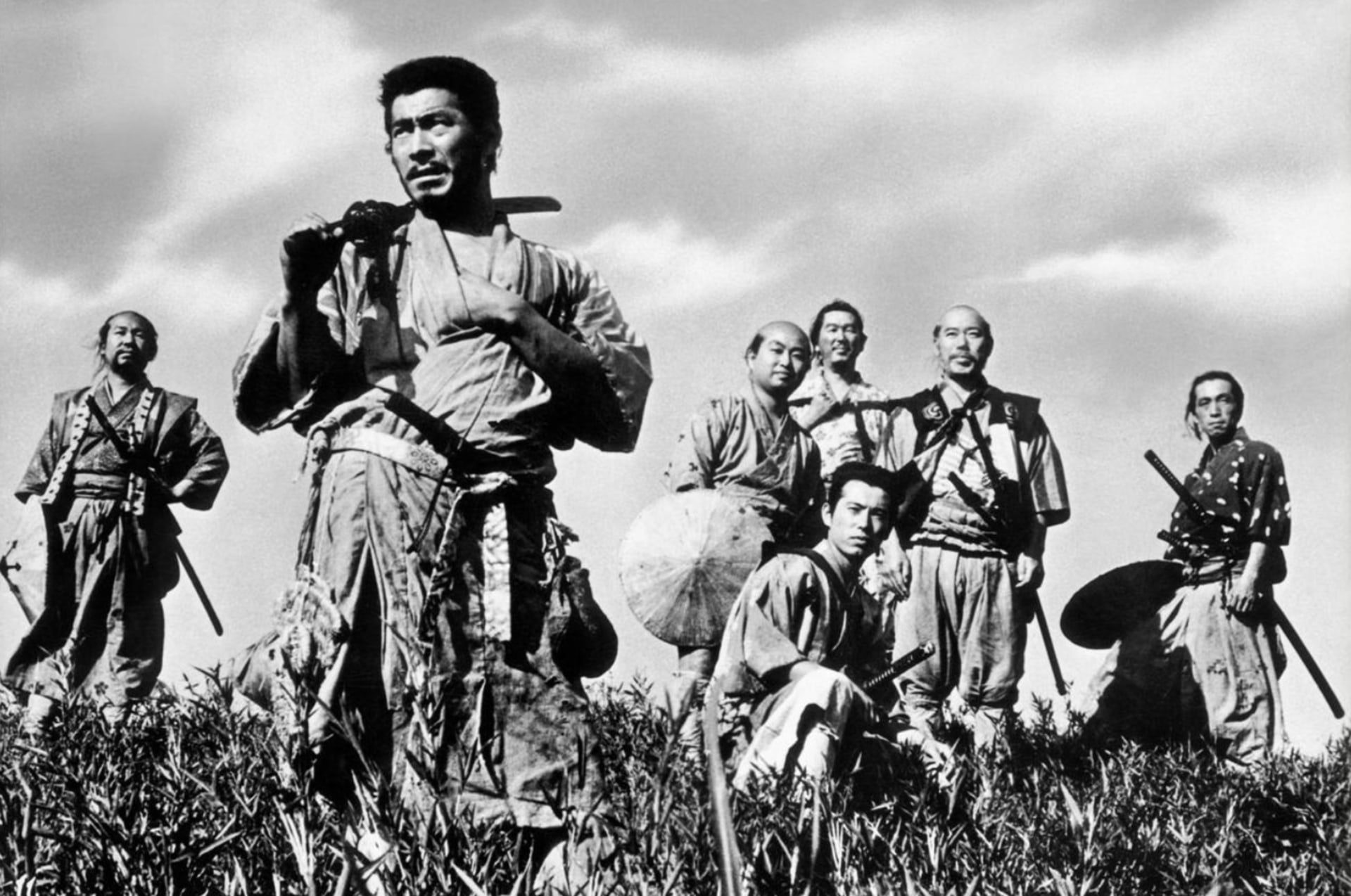With Ghost of Tsushima spinning comfortably in our PS4's, we revisit some of our favourite Samurai-themed cinema, games and books. After all, our love for katana-wielding warriors was established through a healthy diet of cinema, manga, games, literature and anime. Here's our top seven plus the reasons we dearly love them.
1. Lone Wolf and Cub - manga
When looking into influential samurai stories, why not start with the manga Lone Wolf and Cub - even when protagonist Ogami Ittō technically isn't a samurai but a disgraced royal executioner-turned-assassin? The landmark comic first appeared in Japan in 1970 and would quickly rise to fame, with movie, theatre and television adaptations adding to its appeal. Audiences worldwide appreciated Ittō's timeless struggle to raise and protect his son, the three-year old 'cub' Daigorō, while seeking to avenge himself against villain Yagyū Retsudō. Their final duel is splashed out on an incredible 178 pages of sword fighting mayhem, establishing manga artist Goseki Kojima as one of the true masters of the art.
1. Lone Wolf and Cub - manga
When looking into influential samurai stories, why not start with the manga Lone Wolf and Cub - even when protagonist Ogami Ittō technically isn't a samurai but a disgraced royal executioner-turned-assassin? The landmark comic first appeared in Japan in 1970 and would quickly rise to fame, with movie, theatre and television adaptations adding to its appeal. Audiences worldwide appreciated Ittō's timeless struggle to raise and protect his son, the three-year old 'cub' Daigorō, while seeking to avenge himself against villain Yagyū Retsudō. Their final duel is splashed out on an incredible 178 pages of sword fighting mayhem, establishing manga artist Goseki Kojima as one of the true masters of the art.
